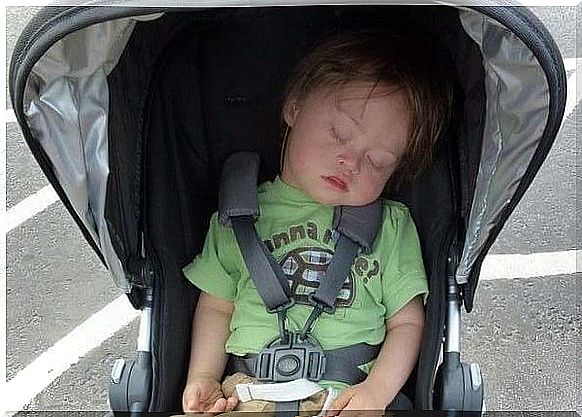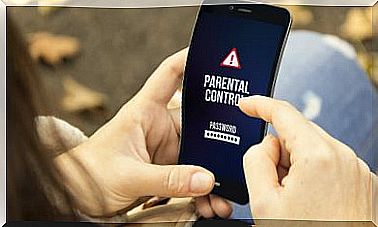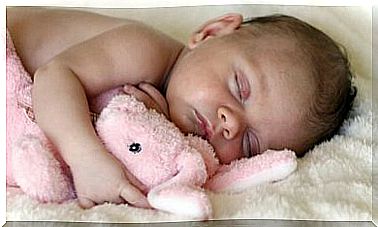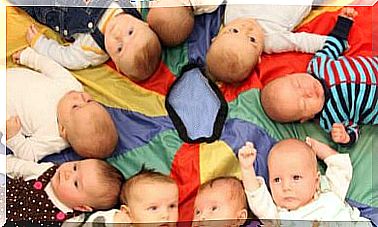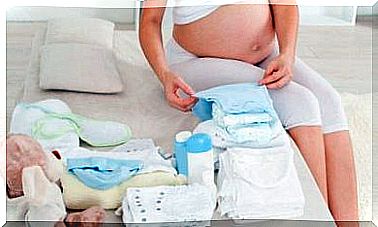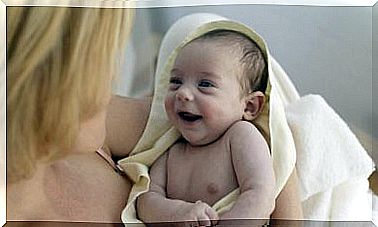What Types Of Baby Carriages Are There?
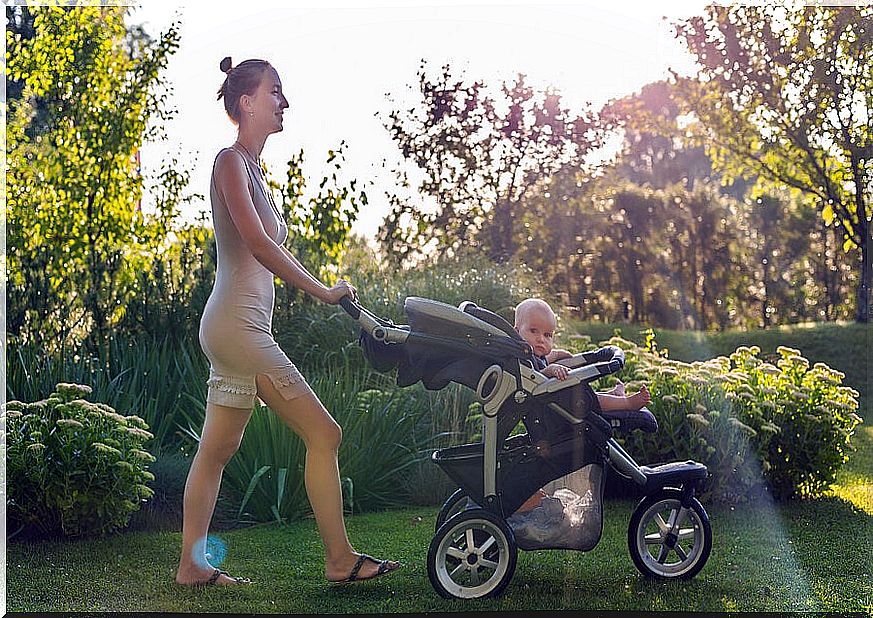
Finding the ideal stroller to walk your little one is not easy. However, knowing what types of baby carriages exist can help. In order to facilitate your choice, we have prepared a list with the different alternatives that you can find in the market; thus, you can make the best decision.
In any case, the first thing to keep in mind is that personal and partner preferences are very important in the choice. This means that the stroller you choose should suit your lifestyle and baby.
For this reason, you should assess whether you usually travel by car, by public transport or if, on the other hand, you usually travel on foot with the little one. Similarly, the quality and reputation of the brand will influence the price of the stroller.
Likewise, we recommend that, when you go to buy a stroller for the baby, you take into consideration the wheels; it is one of the most important parts of ensuring the safety and comfort of parents and children.
The wheels of the car must be large, well inflated and proportionally separated. All this will ensure a certain resistance to vibrations, reduce the risk of tipping over and allow parents to bend their back less.
What types of baby carriages are there?
When it comes to walking your baby, you have many options. Next, we will tell you what types of carts you can find in the market. Choose the option that interests you the most, taking into account your needs and budget:
1. Classic baby carriages
First of all, we present you the classic baby carriages, one of the simplest and cheapest options. Equipped with four wheels, single or double, they are usually plastic and compact. Generally, it is a type of car that is used on flat surfaces, since they are less manageable than most of the cars that can be found.

2. Combination carts
This type of stroller is intended until the age of 3 years; Its main quality is that it allows it to evolve according to the baby’s needs. One of its strengths is that, during the first months, it provides the newborn with all the comfort they need to sleep.
Also, from 3 to 4 months, the stroller offers a new configuration with the adaptation of a seat shell on the frame that also attaches to the car. When the child is sitting correctly, between 9 and 12 months, you can place it in the classic version.
3. Folding carts
On the other hand, folding baby carriages are very comfortable for both mother and baby. This model is especially interesting for its practical side. However, they should only be used from 6 to 9 months, as soon as the baby is comfortable sitting down.
It is highly recommended for holidays and outings with the family or for shopping with the baby on weekdays. Also, it is advisable to choose lightweight models that can be easily stored and transported everywhere.
4. Twin trolley
Thanks to its multifunctional design, this buggy offers the possibility of placing two seats. Therefore, it is ideal for walking twins or children of different ages. In addition, it is a car equipped with a large storage basket under the seat. As if that were not enough, the front wheels have a suspension that offers greater comfort and a more precise maneuverability.
Similarly, the rear wheels are larger than the front ones, which offers greater stability for all terrains. They include a multi-position sun visor as well as side ventilation panels.
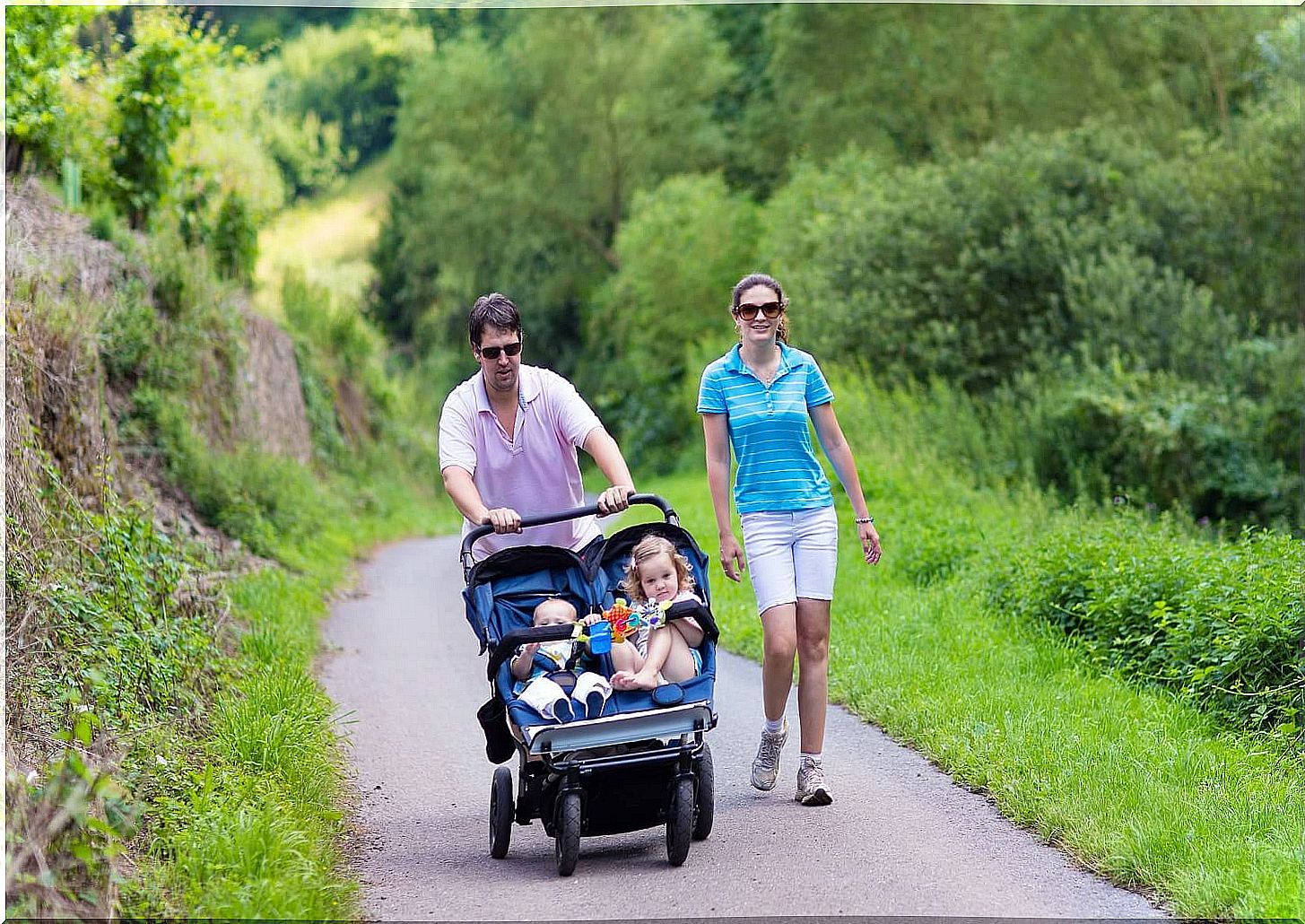
5. Trolley on three wheels
Lastly, three-wheeled carts are characterized by their resistance. Thanks to their tires, they are very practical and allow you to travel different types of terrain. This type of stroller can only be used if the baby is at least 6 months old. On the other hand, the maximum age to transport the baby is 36 months.
Considered an all-rounder, this stroller offers great performance. It is a bulky and heavy car, which guarantees maximum grip, a handlebar brake and suspensions to ensure baby’s comfort.
Finally, do not forget that, once you have reviewed the types of baby carriages that exist, it is time to think about your needs. It is extremely positive to discuss the issue with your partner, always taking into account the greatest comfort for the little one and your daily habits.
